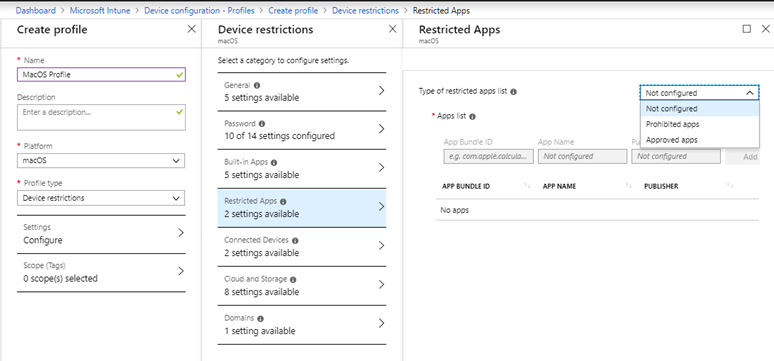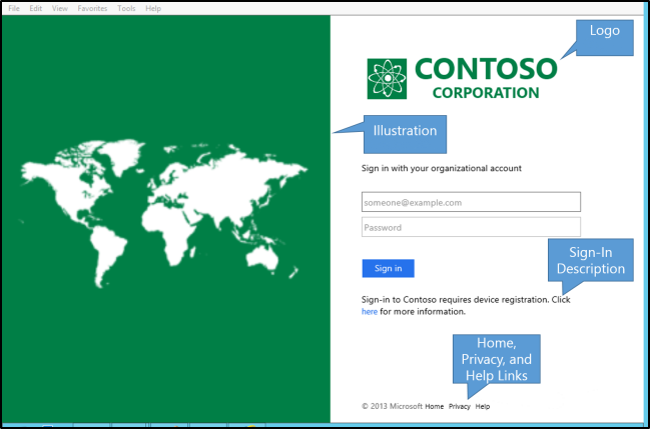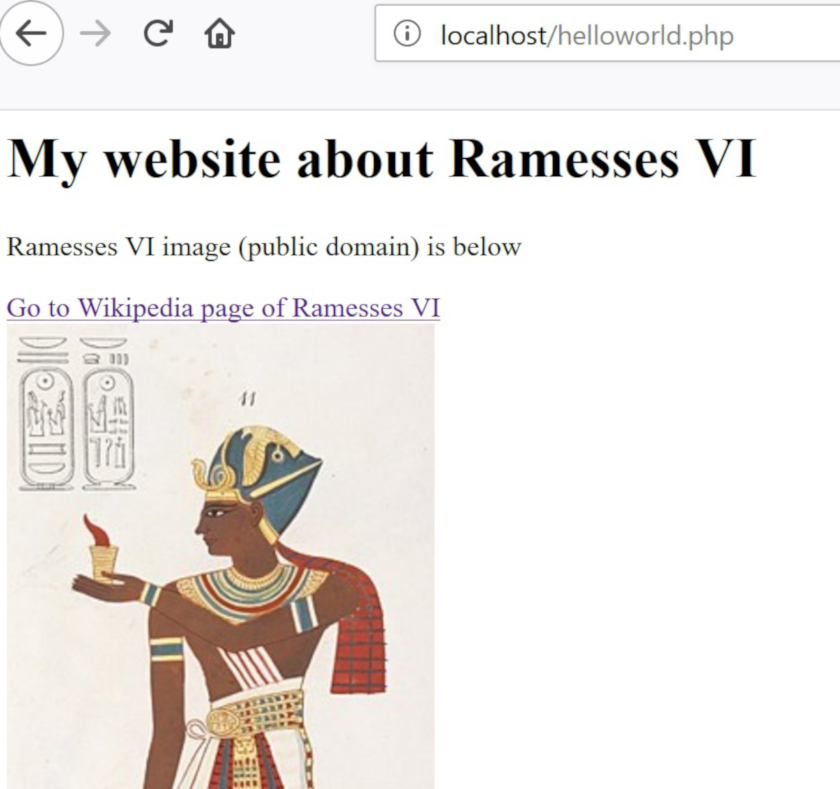-->
- Add Web Link To Dmg On Company Portal Free
- Add Web Link To Dmg On Company Portal Pc
- Add Web Link To Dmg On Company Portal Access
- Add Web Link To Dmg On Company Portal Online
- Add Web Link To Dmg On Company Portals
- Add Web Link To Dmg On Company Portal Login
Enroll your macOS device with the Intune Company Portal app to gain secure access to your work or school email, files, and apps.
DMG Hosting is a leading provider of secure cPanel Web Hosting services. Learn why customers trust us to handle their cloud hosting needs.
Organizations typically require you to enroll your device before you can access proprietary data. After your device is enrolled, it becomes managed. Your organization can assign policies and apps to the device through a mobile device management (MDM) provider, such as Intune. To get continuous access to work or school information on your device, you must configure your device to match your organization’s policy settings.
This article describes how to use the Company Portal app for macOS to enroll, configure, and maintain your device so that you meet your organization's requirements.
What to expect from the Company Portal app
During initial setup, the Company Portal app requires you to sign in and authenticate yourself with your organization. Company Portal then informs you of any device settings you need to configure to meet your organization's requirements. For example, organizations often set minimum or maximum character password requirements that you'll be required to meet.
After you enroll your device, Company Portal will always make sure that your device is protected according to your organization's requirements. For example, if you install an app from an untrusted source, Company Portal will alert you and might restrict access to your organization's resources. App protection policies like this one are common. To regain access, you'll likely need uninstall the untrusted app.
If after enrollment your organization enforces a new security requirement, such as multi-factor authentication, Company Portal will notify you. You'll have the chance to adjust your settings so that you can continue to work from your device.
To learn more about enrollment, see What happens when I install the Company Portal app and enroll my device?.
Get your macOS device managed
Use the following steps to enroll your macOS device with your organization. Your device must be running macOS 10.12 or later.
Note
Throughout this process, you might be prompted to allow Company Portal to use confidential information that's stored in your keychain. These prompts are part of Apple security. When you get the prompt, type in your login keychain password and select Always Allow. If you press Enter or Return on your keyboard, the prompt will instead select Allow, which may result in additional prompts.
Add Web Link To Dmg On Company Portal Free
Install Company Portal app
- Go to Enroll My Mac.
- The Company Portal installer .pkg file will download. Open the installer and continue through the steps.
- Agree to the software license agreement.
- Enter your device password or registered fingerprint to install the software.
- Open Company Portal.
Important
Microsoft AutoUpdate might open to update your Microsoft software. After all updates are installed, open the Company Portal app. For the best setup experience, install the latest versions of Microsoft AutoUpdate and Company Portal.
Enroll your Mac
Sign in to Company Portal with your work or school account.
When the app opens, select Begin.
Review what your organization can and can't see on your enrolled device. Then select Continue.
If prompted to, enter your device password on the Install management profile screen.
On the Confirm device management screen, select Open System Preferences.
Your device's system preferences will open. Select Management Profile from the device profiles list and then select Approve > Approve.
Return to Company Portal and select Continue.
Your organization might require you to update your device settings. When you're done updating settings, select Check settings.
When setup is complete, select Done.
Troubleshooting and feedback
If you run into issues during enrollment, go to Help > Send Diagnostic Report to report the issue to Microsoft app developers. This information is used to help improve the app. They'll also use this information to help resolve the problem if your IT support person reaches out to them for help.
After you report the problem to Microsoft, you can send the details of your experience to your IT support person. Select Email Details. Type in what you experienced in the body of the email. To find your support person's email address, go to the Company Portal app > Contact. Or check the Company Portal website.
Additionally, the Microsoft Intune Company Portal team would love to hear your feedback. Go to Help > Send Feedback to share your thoughts and ideas.
Unverified profiles
When you view the installed mobile device management (MDM) profiles in System Preferences > Profiles, some profiles might show an unverified status. As long as the management profile shows a verified status, you don’t need to be concerned.
Add Web Link To Dmg On Company Portal Pc
The management profile is what defines the MDM channel connection. As long as the management profile is verified, any other profiles delivered to the machine via that channel inherit the security traits of the management profile.
Updating the Company Portal app

Updating the Company Portal app is done the same way as any other Office app, through Microsoft AutoUpdate for macOS. Find out more about updating Microsoft apps for macOS.
Next Steps
Still need help? Contact your company support. For contact information, check the Company Portal website.
-->Intune supports a variety of app types, including web apps. A web app is a client-server application. The server provides the web app, which includes the UI, content, and functionality. Additionally, modern web-hosting platforms commonly offer security, load balancing, and other benefits. A web app is separately maintained on the web. You use Microsoft Intune to point to this app type. You also assign the groups of users that can access this app.
Add Web Link To Dmg On Company Portal Access
Before you can manage and assign an app for your users, add the app to Intune.
Intune creates a shortcut to the web app on the user's device. For iOS/iPadOS devices, a shortcut to the web app is added to the home screen. For Android Device Admin devices, a shortcut to the web app is added to the Intune company portal widget and the widget needs to be pinned manually by the user. For Windows devices, a shortcut to the web app is placed on the Start Menu.
Add Web Link To Dmg On Company Portal Online
Note
A browser must be installed on the user's device to launch web apps.
Note

For Android Enterprise devices, see Managed Google Play web links
Add a web app to Intune

Add Web Link To Dmg On Company Portals
To add an app to Intune as a shortcut to an app on the web, do the following:
Add Web Link To Dmg On Company Portal Login
Sign in to the Microsoft Endpoint Manager Admin Center.
Select Apps > All apps > Add.
In the Select app type pane, under the available Other types, select Web link.
Click Select. The Add app steps are displayed.
On the App information page, add the following information:
Name: Enter the name of the app as it is to be displayed in the company portal.
Note
If you change the name of the app through the Intune azure portal after you have deployed and installed the app, the app will no longer be able to be targeted using commands.
Description: Enter a description for the app. This description is displayed to users in the company portal.
Publisher: Enter the name of the publisher of this app.
App URL: Enter the URL of the website that hosts the app that you want to assign.
Category: Optionally, select one or more of the built-in app categories, or a category that you created. Doing so makes it easier for users to find the app when they browse the company portal.
Show this as a featured app in the Company Portal: Select this option to display the app suite prominently on the main page of the company portal when users browse for apps.
Require a managed browser to open this link: Select this option to assign to your users a link to a website or web app that they can open in the Intune managed browser. This browser must be installed on their device.
Logo: Upload an icon that will be associated with the app. This icon is displayed with the app when users browse the company portal.
Click Next to display the Scope tags page.
Click Select scope tags to optionally add scope tags for the app. For more information, see Use role-based access control (RBAC) and scope tags for distributed IT.
Click Next to display the Assignments page.
Select the group assignments for the app. For more information, see Add groups to organize users and devices.
Click Next to display the Review + create page. Review the values and settings you entered for the app.
When you are done, click Create to add the app to Intune.
The Overview blade of the app you've created is displayed.
Note
Currently, deployment of Intune web apps to iOS/iPadOS devices is associated with the management profile and cannot be removed manually. You can change the deployment type to Uninstall in the Intune portal, at which point the web app can be removed automatically. However, if you remove the deployment before changing the app assignment intent to Uninstall, the web app will be permanently in place on the device until the device is un-enrolled from Intune.
End-users can launch web apps directly from the Windows Company Portal app by selecting the web app and then choosing the option Open in browser. The published web URL is opened directly in the web browser.
Next steps
The app that you've created is displayed in the apps list, where you can assign it to the groups that you select. For help, see Assign apps to groups.